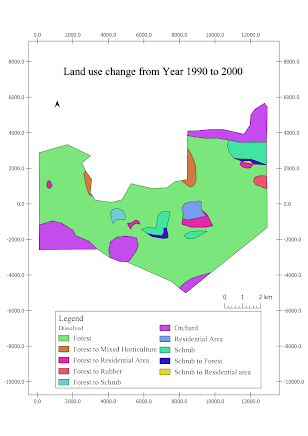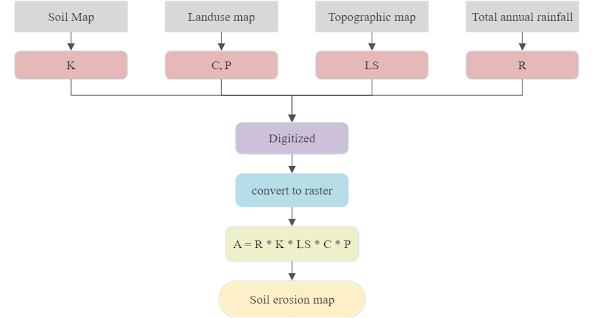Remote sensing systems can be categorized into two types: active and passive. Active remote sensing systems utilize their own source of illumination, emitting pulses of light and measuring the backscatter reflected to the sensor. On the other hand, passive remote sensing systems rely on the measurement of sunlight that is naturally emitted by the sun and reflected from the Earth's surface. When the sun is shining, passive sensors capture and measure this energy for analysis.
There are three types of active remote sensing systems: radar, sonar, and lidar. Radar emits out radio waves and then detects the signals that bounce back. Various types of radar images include specular reflection, double-bound, and diffuse scattering. Sonar emits sound waves and measures their echoes in water. Lidar emits beams of light and measures their reflections.
Diagram above shows the medium of transmission.
Remote sensing involves the use of radiation, which needs to interact with the atmosphere before reaching the surface. Absorption refers to the process where atmospheric molecules absorb energy at different wavelengths. Ozone, carbon dioxide, and water vapor are the main constituents responsible for absorbing radiation. Ozone specifically absorbs harmful ultraviolet radiation from the sun.
Scattering occurs when particles or large gas molecules in the atmosphere interact with radiation, causing it to change direction. There are three types of scattering: Rayleigh scattering, Mie scattering, and non-selective scattering. Rayleigh scattering happens when particles are much smaller than the wavelength of the radiation, while Mie scattering occurs when the particles are about the same size as the radiation. Non-selective scattering takes place when the particles are significantly larger than the radiation's wavelength.
After passing through the atmosphere,
radiation that is not absorbed or scattered can interact with the Earth's surface. There are three possible forms of interaction: absorption, transmission, and reflection. Reflection can be categorized into two types: specular reflection and diffuse reflection.
Specular reflection occurs when a surface is smooth and the reflected energy is directed away from the surface in a specific direction.
Diffuse reflection happens when the surface is rough, and the reflected energy is scattered uniformly in all directions.
There are three basic types of orbits in use: Low Earth Orbit (LEO), Polar or near polar orbits and Geostationary orbits. Low Earth Orbit (LEO) is a close-to-Earth orbit used for Earth observation, communication, and scientific research. Satellites in LEO complete orbits in a short time, enabling high-resolution imaging and fast data transmission. Polar orbit is a higher altitude orbit used primarily for satellite navigation systems like GPS. Polar orbit satellites offer broader coverage compared to LEO, striking a balance between coverage and signal strength. Geostationary Orbit (GEO) is a high Earth orbit where satellites remain fixed relative to the Earth's surface, providing continuous coverage over a specific geographic area. GEO satellites are extensively used for communication, broadcasting, and weather monitoring due to their ability to cover a large portion of the Earth from their high altitude.
.png)

.png)
.png)



Comments
Post a Comment